Premium Only Content
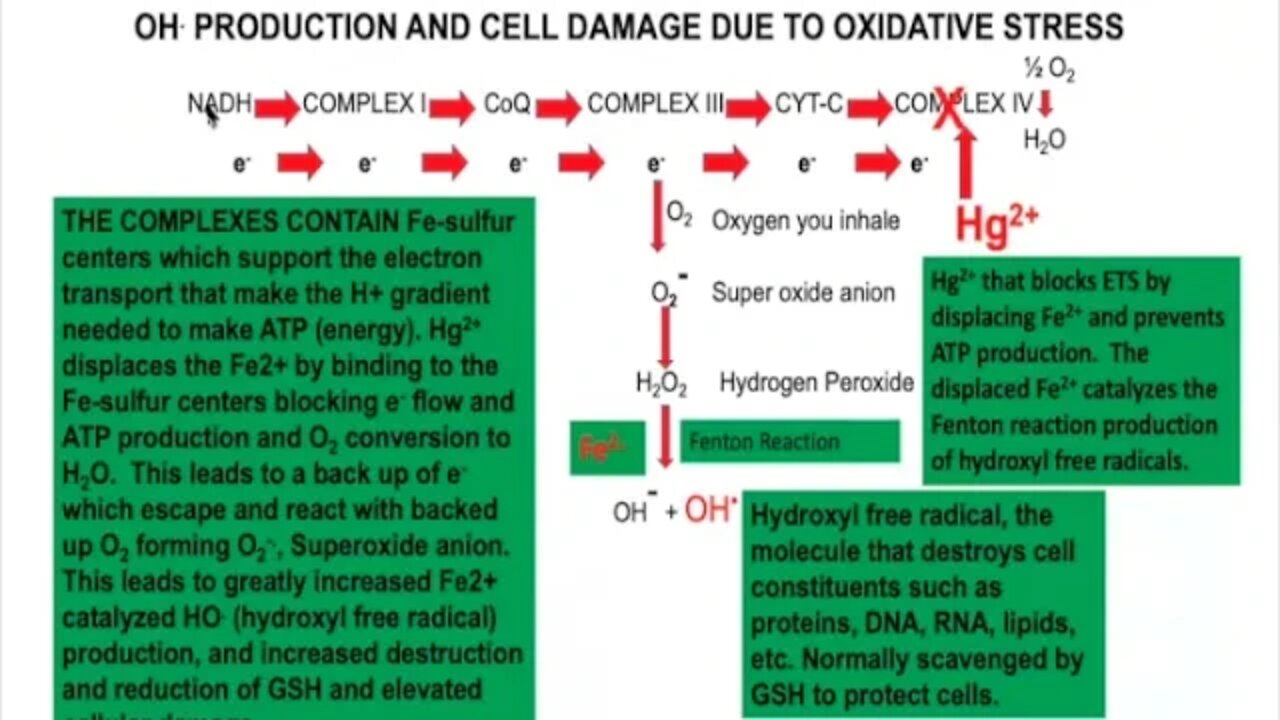
The Biochemistry of Oxidative Stress | Boyd Haley, PhD, MIAOMT
The Biochemistry of Oxidative Stress and The Use of Chelators to Treat this Medical Condition Which is a Symptom of Most Medical Illnesses | Boyd Haley, PhD, MIAOMT (pre-recorded)
IAOMT Spring Conference in Sarasota, FL
March 12-13, 2021
Learning Objectives:
1. To demonstrate the absolute requirement for an unbound redox metal (e.g., Fe2+, Cu+) to transfer an electron to oxygen produce oxygen anion which is used to produce hydroxyl free radicals the “toxic product” that produces oxidative stress by damaging natural compounds.
2. To show how these redox metals are moved from stable native binding sites to being in unbound form and able to support catalytic hydroxyl free radical formation and induce oxidative stress.
3. To recognize that oxidative stress occurs intra-cellularly and that chelation of the redox metals involved in producing them requires that the chelator be able to pass the cell membrane.
Dr. Boyd Haley obtained his MS in Chemistry at the University of Idaho and his PhD in Chemistry/Biochemistry at Washington State University. He was appointed as Chair and Professor of Chemistry from 1996 to 2005 at the University of Kentucky. He retired in July 2008. He has lectured throughout the world and testified before Congressional Committees and the Institute of Medicine regarding various aspects of mercury toxicity and neurological diseases. In the past six years, he has dedicated most of his research efforts towards the development of a safe and effective chelator for mercury, lead, cadmium and other toxic heavy metals.
Disclaimer: The information provided on this video is not intended as medical advice and should not be interpreted as such. If you seek medical advice, please consult with a health care professional. Also, the information in this video represents the thoughts of the individual speaker/s, and the views expressed in this interview do not necessarily reflect the views of the IAOMT, its individual members, its Executive Committee, its Scientific Advisory Council, its administration, its employees, contractors, sponsors, or any other IAOMT affiliates.
-
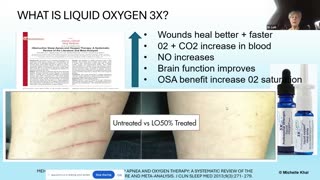 1:08:25
1:08:25
International Academy of Oral Medicine & Toxicology
6 months agoToxins in Dentistry. Dr. Lorie Miller Stevens
2121 -
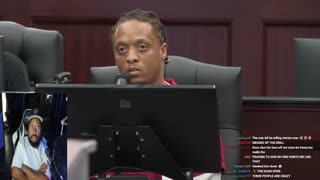 LIVE
LIVE
Akademiks
3 hours agoShannon Sharpe FIRED. KSOO Found Guilty! Gilbert Arenas ARRESTED! NBA Youngboy 14th kid OTW. 1/30
1,162 watching -
 LIVE
LIVE
Tucker Carlson
2 hours agoCandace Owens: Macron, Harvey Weinstein, and Why “Christ Is King” Totally Broke People’s Brains
9,360 watching -
 2:03:12
2:03:12
Side Scrollers Podcast
4 hours agoBlabs is Absolutely DISGUSTED By Nintendo | Side Scrollers Live
2.48K2 -
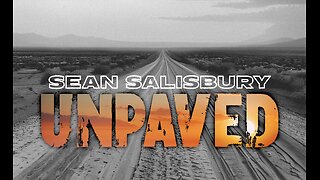 59:32
59:32
Sean Unpaved
2 hours agoNasty Boy Unleashed: World Series Champ Rob Dibble Unloads on the MLB & Trade Deadline
16K -
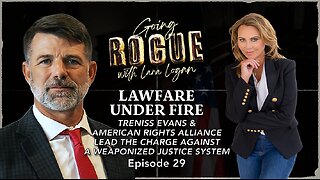 LIVE
LIVE
Lara Logan
13 hours agoLAWFARE UNDER FIRE: Treniss Evans Leading the Charge Against a Weaponized Justice System | Ep 29
400 watching -
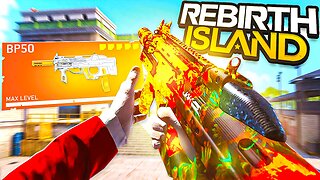 5:56:35
5:56:35
JuicyJohns
6 hours ago $2.76 earned🟢#1 REBIRTH PLAYER 10.2+ KD🟢$500 GIVEAWAY SATURDAY!
55K1 -
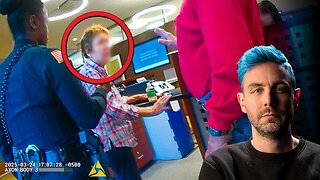 15:32
15:32
Scammer Payback
5 hours agoTormenting the Scammer Who Did This
2.95K17 -
 17:28
17:28
IsaacButterfield
10 hours ago $0.35 earnedThe Government Just Banned Free Speech in the UK
3.99K3 -
 2:01:46
2:01:46
Tim Pool
19 hours agoIs Trump Still Winning? | The Culture War LIVE Debate
167K234